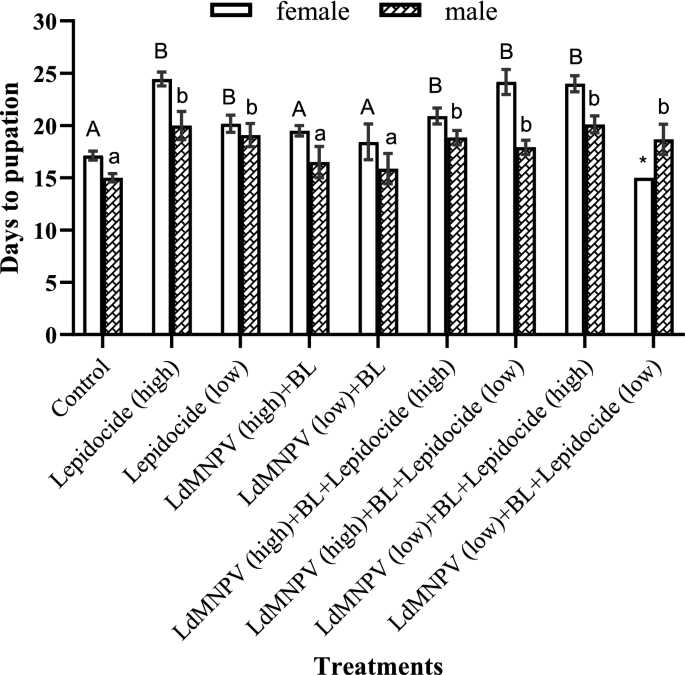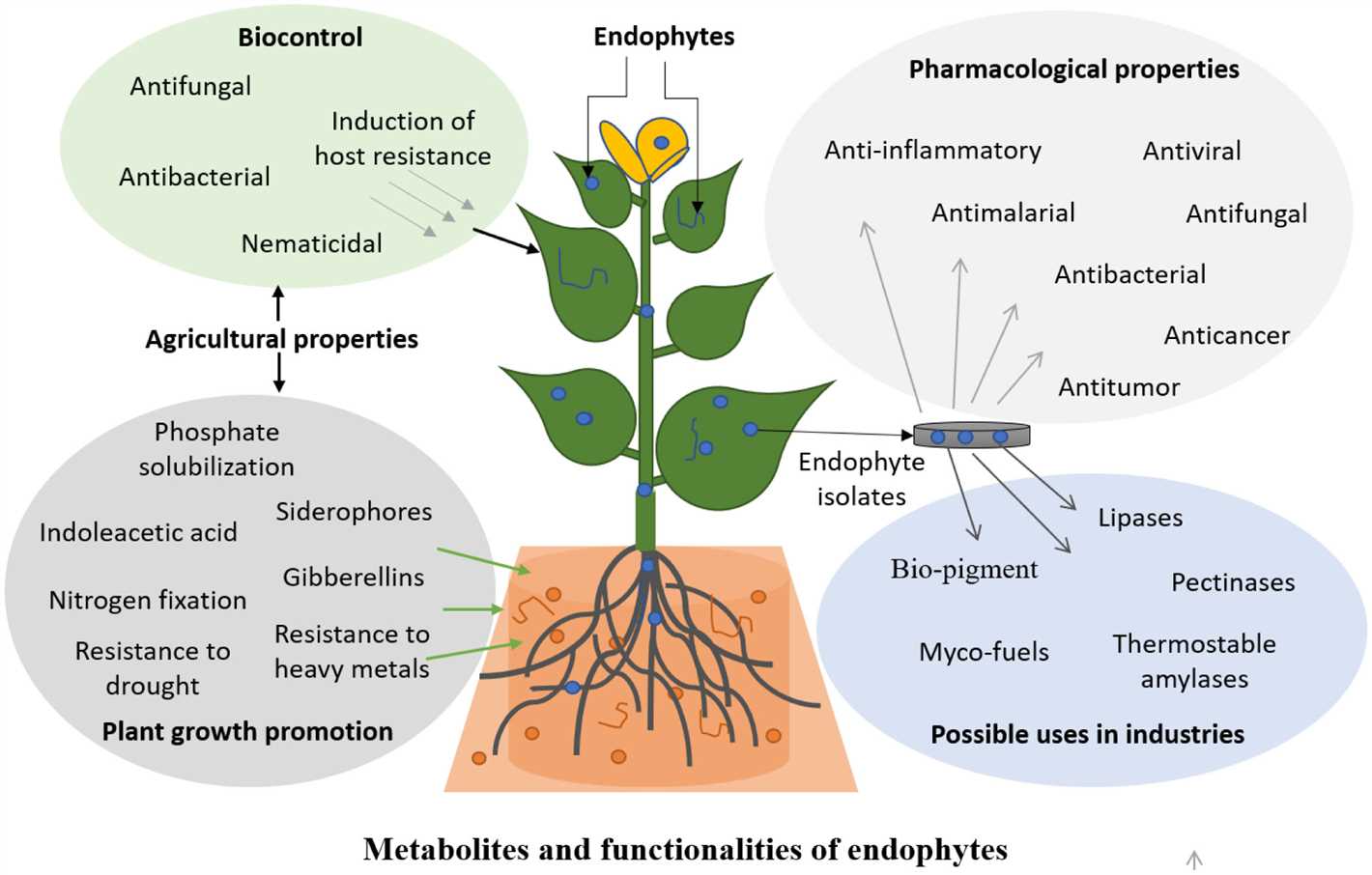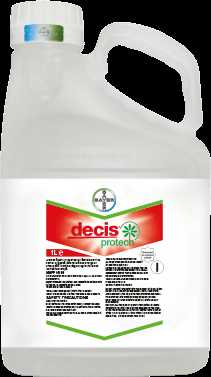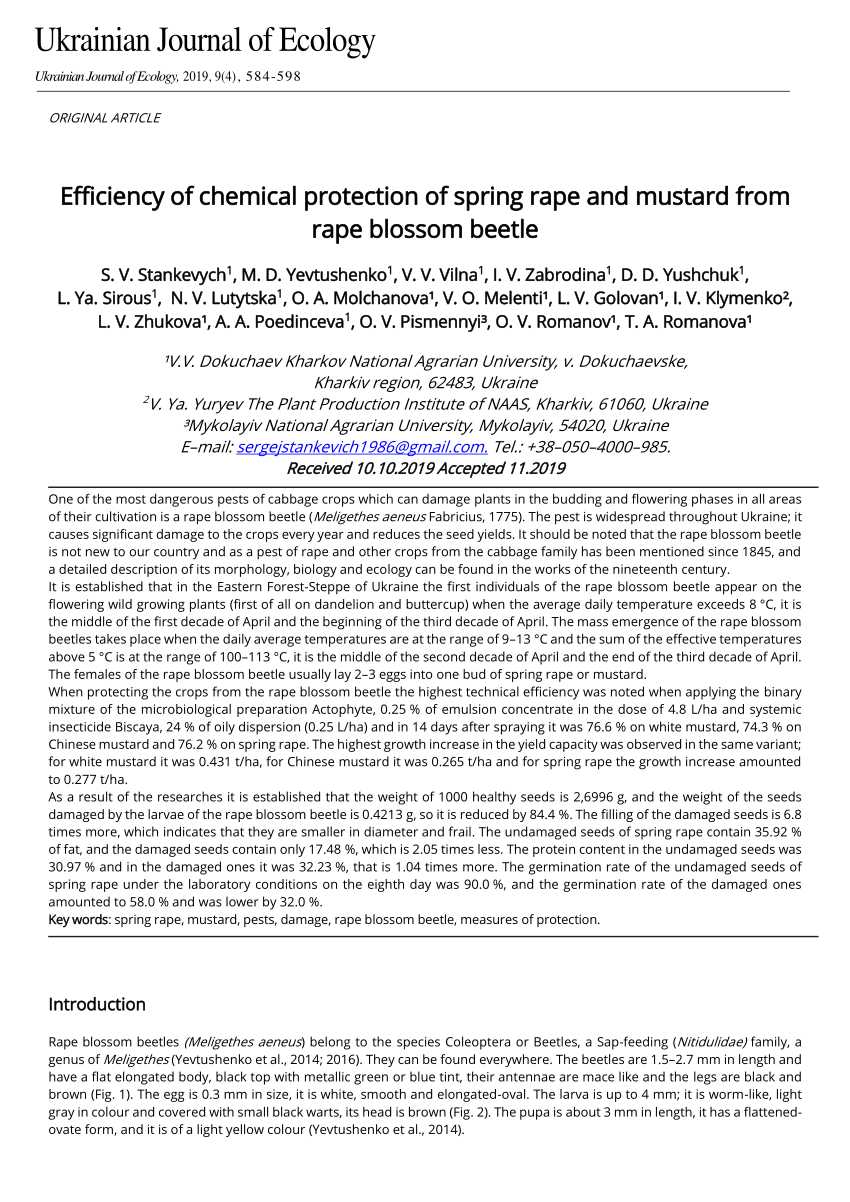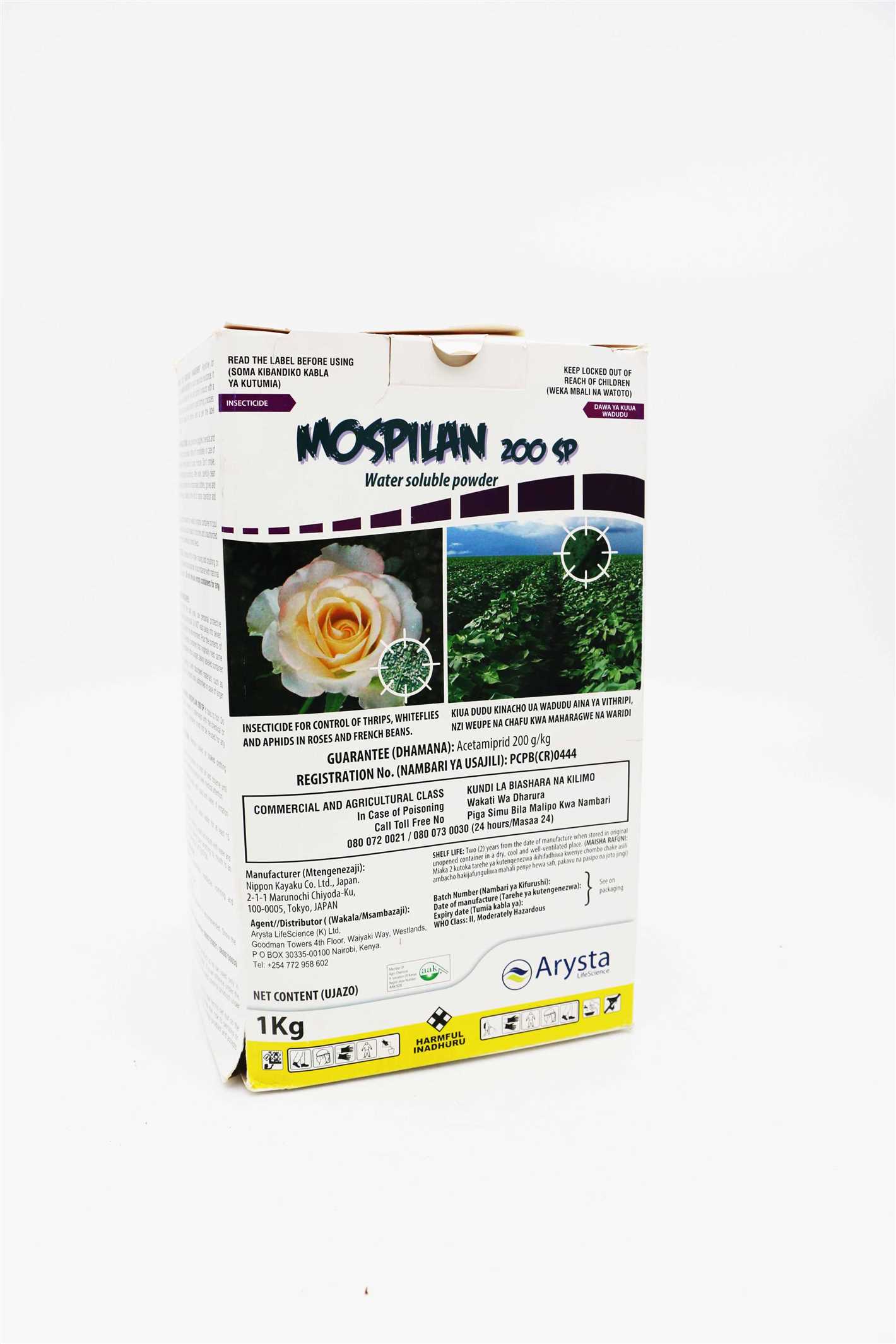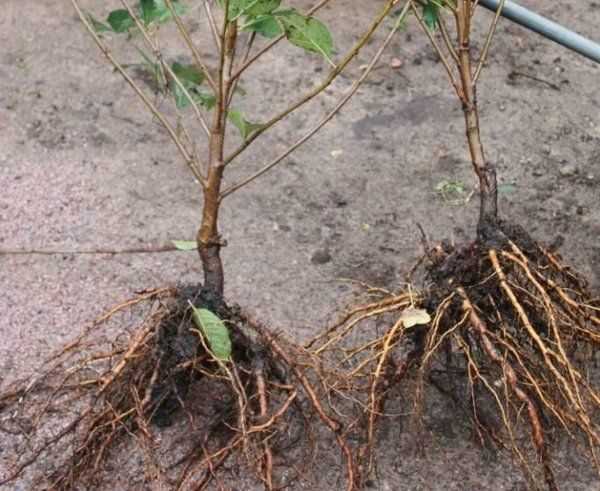- Benefits of Proper Plant Care
- Essential Tools for Plant Maintenance
- 1. Pruning Shears
- 2. Watering Can
- 3. Hand Trowel
- 4. Plant Mister
- 5. Gardening Gloves
- 6. Plant Labels
- 7. Plant Support Stakes
- 8. Soil pH Tester
- 9. Pruning Saw
- Tips for Indoor Plant Care
- 1. Choose the right location
- 2. Provide proper watering
- 3. Maintain humidity levels
- 4. Fertilize regularly
- 5. Prune and groom regularly
- 6. Monitor for pests
- 7. Rotate plants
- 8. Monitor temperature and ventilation
- 9. Learn about your plants
- 10. Enjoy and appreciate your plants
- Creating the Perfect Plant Environment
- 1. Light
- 2. Temperature
- 3. Humidity
- 4. Air Circulation
- 5. Soil Quality
- Revitalizing Outdoor Plants
- 1. Assess the Damage
- 2. Prune and Trim
- 3. Provide Adequate Watering
- 4. Fertilize Regularly
- 5. Protect from Pests
- 6. Provide Proper Sunlight
- 7. Mulch and Weed
- 8. Monitor and Adjust
- Common Plant Care Mistakes to Avoid
- Advanced Techniques for Pruning and Shaping Plants
- 1. Espalier
- 2. Topiary
- 3. Pleaching
- 4. Cloud Pruning
- Enhancing Plant Growth with Fertilizers and Nutrients
- Introduction
- The Importance of Fertilizers
- Different Types of Fertilizers
- Application of Fertilizers
- Effects of Nutrient Deficiencies
- Conclusion
- Q&A:
- What is Prestige Plant Preparation?
- What kind of products does Prestige Plant Preparation offer?
- Why is it important to elevate your greenery to the next level?
- Can Prestige Plant Preparation help with plant disease prevention?
- Do I need to be an expert gardener to use Prestige Plant Preparation products?
- Video: Upgrade Your Home with THESE Indoor Plant Display Tricks!
Welcome to the world of prestige plant preparation, where nature meets elegance and beauty thrives. In this article, we will explore the art and science of transforming ordinary plant life into breathtaking works of living art.
With a combination of innovative techniques and expert care, you can take your greenery to new heights. Whether you’re an experienced gardener looking to challenge your skills or a novice plant enthusiast wanting to make a statement, prestige plant preparation offers endless possibilities.
At the heart of this practice is the belief that plants are more than just decorations; they are living beings that deserve the same attention and care we give to our loved ones. Like a well-groomed pet or a carefully curated art collection, prepared plants have a certain aura of sophistication and refinement. They become conversation starters, points of admiration, and sources of joy.
From bonsai trees shaped with meticulous precision to terrariums that mimic entire ecosystems in miniature, the world of prestige plant preparation is limited only by your imagination. So, step into this captivating realm and discover the beauty and serenity that awaits you.
Benefits of Proper Plant Care
Proper plant care is essential for maintaining healthy and thriving greenery. By investing time and effort into caring for your plants, you can enjoy a range of benefits:
- Improved Air Quality: Plants release oxygen and absorb carbon dioxide, helping to purify the air and create a more breathable environment.
- Enhanced Aesthetics: Well-maintained plants can add beauty and vibrancy to any space, creating a more welcoming and visually appealing atmosphere.
- Stress Relief: Interacting with plants and being surrounded by nature has been shown to reduce stress levels and promote mental well-being.
- Increased Productivity: Studies have demonstrated that having plants in the workplace can boost productivity and creativity, leading to greater overall efficiency.
- Health Benefits: Research has indicated that being around plants can improve physical health, including reducing blood pressure and lowering the risk of respiratory problems.
- Connection with Nature: Caring for plants allows us to connect with the natural world and develop a sense of responsibility and appreciation for our environment.
By properly caring for your plants, you can create a healthier and more enjoyable living or working environment. Whether you’re a seasoned gardener or a novice plant parent, taking the time to understand and meet the needs of your greenery will ensure they thrive and bring joy to your space.
Essential Tools for Plant Maintenance
When it comes to maintaining healthy and thriving plants, having the right tools is essential. Here are some must-have tools for plant maintenance:
1. Pruning Shears
Pruning shears are a must-have tool for any plant owner. They are used for trimming and shaping plants, removing dead or damaged parts, and promoting healthy growth. Look for shears with sharp blades and comfortable handles for easy and precise trimming.
2. Watering Can
A watering can is essential for providing plants with the right amount of water. Look for a can with a long spout that allows for easy watering without causing damage to the plants. Choose a watering can that is easy to hold and has a balanced weight distribution for comfortable use.
3. Hand Trowel
A hand trowel is a versatile tool that is used for various tasks including planting, transplanting, and weeding. Look for a trowel with a sturdy handle and a durable, rust-resistant blade for long-lasting use. A hand trowel with measurement markings can also be helpful for precise planting.
4. Plant Mister
A plant mister is useful for providing humidity to plants that require it, such as tropical plants. It can also be used to clean leaves and remove dust, keeping your plants looking healthy and vibrant. Look for a plant mister with a fine mist spray for gentle and even distribution of water.
5. Gardening Gloves
Gardening gloves are essential for protecting your hands while working with plants. They provide a barrier between your skin and sharp plants, thorns, and potentially harmful substances. Look for gloves that are made of durable material, offer a good grip, and fit snugly for maximum protection and comfort.
6. Plant Labels
Plant labels are handy for keeping track of the names and care instructions of your plants. They can be especially useful if you have multiple plants with different needs. Look for labels that are waterproof and easy to write on or choose reusable labels that can be wiped clean and used again.
7. Plant Support Stakes
If you have tall or vining plants, plant support stakes are essential for providing support and preventing them from falling or bending. Look for stakes made of sturdy materials like metal or bamboo that can withstand the weight of the plants. Choose stakes with adjustable heights to accommodate different plant sizes.
8. Soil pH Tester

A soil pH tester is a useful tool for monitoring the acidity or alkalinity of the soil. It helps ensure that your plants are growing in the optimal pH range for their specific needs. Look for a tester that is easy to use and provides accurate readings. Some testers also measure soil moisture and light levels.
9. Pruning Saw
A pruning saw is necessary for cutting larger branches or thick stems. It is particularly useful for pruning trees or shrubs. Look for a pruning saw with a sharp, curved blade and a comfortable handle for efficient and safe cutting.
Having these essential tools for plant maintenance will make it easier and more enjoyable to care for your greenery. With the right tools in hand, you can ensure that your plants thrive and add beauty to your living space.
Tips for Indoor Plant Care
1. Choose the right location
When placing your indoor plants, it’s important to choose the right location based on their needs. Some plants thrive in bright, direct sunlight, while others prefer indirect or filtered light. Make sure to research the specific requirements of each plant and place them accordingly.
2. Provide proper watering
Proper watering is crucial for the health and well-being of indoor plants. Overwatering can lead to root rot and other water-related issues, while under-watering can cause the plants to wilt and die. Determine the watering needs of each plant and establish a watering schedule to ensure they receive the right amount of moisture.
3. Maintain humidity levels
Indoor plants often benefit from increased humidity, especially if they are native to tropical or subtropical environments. You can help maintain humidity levels by misting the leaves with water or placing a humidifier nearby. Alternatively, grouping plants together can create a microclimate that increases overall humidity.
4. Fertilize regularly
To support the growth and development of indoor plants, it’s essential to provide them with the necessary nutrients. Use a balanced fertilizer and follow the instructions on the packaging for application rates. Be cautious not to over-fertilize, as this can lead to nutrient burn and other issues.
5. Prune and groom regularly
Pruning and grooming your indoor plants can help maintain their shape, keep them healthy, and promote new growth. Remove any dead or yellowing leaves and trim back overgrown branches. Additionally, if your plant has a trailing or climbing habit, consider providing a trellis or support structure to help it grow in the desired direction.
6. Monitor for pests
Keep a close eye on your indoor plants for any signs of pests, such as spider mites, aphids, or mealybugs. Early detection and treatment are crucial to prevent infestations from spreading and causing damage to the plants. Regularly inspect the leaves and stems, and if you spot any pests, take appropriate measures to eliminate them.
7. Rotate plants
Rotating your indoor plants periodically can help ensure even growth. Most plants tend to lean towards the light source, so by rotating them, you can encourage the plants to grow symmetrically. Rotate the plants every few weeks to prevent them from becoming lopsided or reaching towards one side.
8. Monitor temperature and ventilation
Indoor plants have temperature preferences, so it’s important to provide them with a suitable environment. Avoid placing plants in drafty areas or near heating or cooling vents, as this can lead to temperature stress. Additionally, make sure the room is adequately ventilated to prevent stagnant air, which can invite pests and hinder plant growth.
9. Learn about your plants
Each indoor plant has unique characteristics and requirements. Take the time to learn about the specific care needs of your plants, including their ideal temperature range, watering schedule, and preferred lighting conditions. By understanding and fulfilling their needs, you can ensure the health and longevity of your indoor greenery.
10. Enjoy and appreciate your plants
Lastly, don’t forget to enjoy and appreciate your indoor plants. They not only add natural beauty to your living space but also provide numerous benefits, such as improved air quality and stress reduction. Take the time to observe their growth, care for them with love, and reap the rewards of a thriving indoor garden.
Creating the Perfect Plant Environment
Creating the perfect environment for your plants is essential for their growth and overall health. By providing the right conditions, you can ensure that your greenery thrives and remains vibrant for years to come.
1. Light
Light is one of the most important factors for plant growth. Different plants have varying light requirements, so it’s crucial to understand the needs of your specific greenery. Some plants prefer direct sunlight, while others thrive in low-light conditions.
To create the perfect lighting environment for your plants, consider the following:
- Identify the natural light sources in your space and determine if additional artificial lighting is needed.
- Use grow lights or fluorescent tubes to supplement natural light, especially in areas with limited sunlight.
- Place sun-loving plants near windows or other sources of direct light, while shade-loving plants should be positioned away from direct sunlight.
2. Temperature
Temperature plays a vital role in plant growth, as it affects different metabolic processes. Different plants have different temperature preferences, so it’s important to know the ideal temperature range for your greenery.
Consider the following tips to create the perfect temperature environment for your plants:
- Research the temperature preferences of your plants and ensure that the average room temperature falls within their preferred range.
- Protect your plants from extreme temperature fluctuations by avoiding drafty areas or placing them away from heating or cooling vents.
- Provide additional heat during colder months using plant heaters or heat mats, if necessary.
3. Humidity
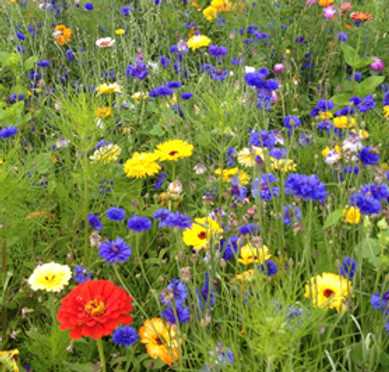
Humidity levels can greatly impact plant health, especially for tropical or moisture-loving greenery. Maintaining the correct humidity levels will prevent problems such as dryness or excess moisture.
Consider the following tips to create the perfect humidity environment for your plants:
- Group plants together to increase humidity levels, as they release moisture through transpiration.
- Place a humidifier near your greenery to increase moisture levels in the air.
- Water your plants regularly and use a mister to provide additional moisture, if necessary.
4. Air Circulation

Air circulation is crucial for preventing certain plant diseases and ensuring proper growth. Good air circulation helps strengthen the stems of your plants and prevents the growth of harmful fungi.
To create the perfect air circulation environment for your plants, follow these tips:
- Ensure that there is enough space between your plants to allow for proper air flow.
- Use fans or open windows to increase air circulation in areas with poor ventilation.
- Regularly trim and prune your plants to remove any dead or decaying foliage that could harbor pests or disease.
5. Soil Quality
The quality of the soil is crucial for the health and growth of your plants. Good soil provides the necessary nutrients, drainage, and aeration needed for robust plant development.
To create the perfect soil environment for your plants, consider the following:
- Choose the right type of soil for your plants, such as loamy, sandy, or clay soils, based on their requirements.
- Ensure that the soil is well-draining to prevent waterlogged roots.
- Amend the soil with organic matter, such as compost or peat moss, to improve its nutrient content and drainage.
By carefully considering and optimizing these factors, you can create the perfect plant environment that is tailor-made for your greenery. Remember to monitor and adjust these conditions as needed to provide the best care possible for your plants.
Revitalizing Outdoor Plants
Outdoor plants can sometimes suffer from the harsh environmental conditions or neglect. However, with proper care and attention, you can easily revitalize your outdoor plants and bring them back to life. Here are some tips to help you in the process:
1. Assess the Damage
Before you begin the revitalization process, take some time to carefully assess the damage to your outdoor plants. Look for signs of pests, disease, or nutrient deficiencies. This will help you determine the best course of action.
2. Prune and Trim
Remove any dead or damaged branches, leaves, or flowers from your outdoor plants. This will not only improve their appearance but will also promote healthy growth. Use sharp and clean pruning tools to avoid further damage.
3. Provide Adequate Watering
Outdoor plants often require more water than indoor plants, especially during hot and dry periods. Make sure to water your plants deeply and regularly, allowing the water to reach the roots. Avoid overwatering, as it can lead to root rot.
4. Fertilize Regularly
Outdoor plants can benefit from regular fertilization, as it provides essential nutrients for their growth and development. Choose a balanced fertilizer and apply it according to the instructions on the label. Be careful not to over-fertilize, as it can cause nutrient burn.
5. Protect from Pests
Keep an eye out for pests that may be attacking your outdoor plants. Use natural or organic pest control methods whenever possible to avoid harming beneficial insects. Consider using a physical barrier, such as netting or fencing, to protect your plants from larger pests.
6. Provide Proper Sunlight
Ensure that your outdoor plants are receiving the right amount of sunlight for their specific needs. Some plants thrive in full sun, while others prefer partial shade. Adjust their placement accordingly to optimize their growth.
7. Mulch and Weed
Apply a layer of mulch around the base of your outdoor plants to help retain moisture, suppress weeds, and regulate soil temperature. Regularly remove any weeds that compete with your plants for nutrients and water.
8. Monitor and Adjust
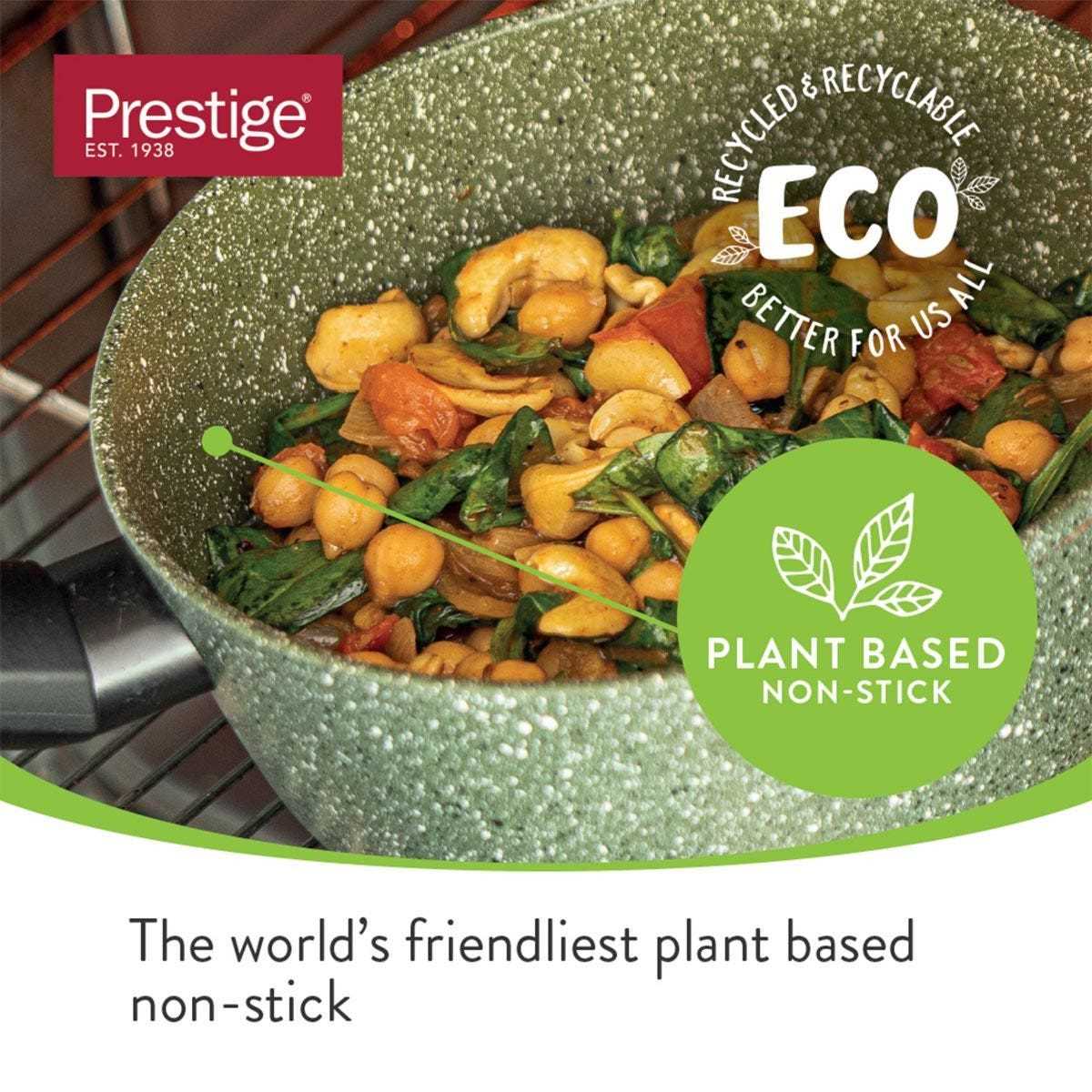
Keep a close eye on your revitalized outdoor plants and make adjustments as needed. Monitor their growth, health, and overall condition. Make any necessary changes to watering, fertilizing, or pest control methods to ensure their continued revitalization.
Remember, revitalizing outdoor plants may take time and patience. Stay dedicated to the process and enjoy watching your greenery thrive once again.
Common Plant Care Mistakes to Avoid
Overwatering: One of the most common mistakes when it comes to plant care is overwatering. While plants need water to survive, too much water can drown the roots and lead to root rot. It’s important to understand each plant’s specific watering needs and adjust accordingly.
Neglecting sunlight: Another common mistake is not providing plants with enough sunlight. Plants need sunlight to undergo photosynthesis, which is essential for their growth and development. Make sure to place your plants in an area where they can get the right amount of sunlight based on their species.
Using improper soil: Using the wrong type of soil can hinder a plant’s growth. Different plants have different soil requirements, such as well-draining soil for succulents or acidic soil for certain types of flowers. Research the specific soil needs of your plants and choose the appropriate soil for optimal growth.
Ignoring pests and diseases: Ignoring pests and diseases can have a detrimental effect on your plants. Common pests, such as aphids or spider mites, can quickly multiply and damage your plants. Regularly inspect your plants for any signs of pests or diseases and take appropriate measures, such as using natural insecticides or fungicides, to prevent their spread.
Overfertilizing: Overfertilizing is a mistake that can harm your plants rather than help them. Too much fertilizer can cause root burn and nutrient imbalances, leading to stunted growth or even plant death. Follow the instructions on fertilizers carefully and avoid overfertilizing your plants.
Neglecting pruning and grooming: Pruning and grooming are important for the overall health and appearance of your plants. Neglecting to prune or groom your plants can result in overgrowth, weak branches, and a messy appearance. Regularly trim dead or diseased leaves, remove any weeds, and shape your plants to maintain their aesthetics.
Advanced Techniques for Pruning and Shaping Plants
Pruning and shaping plants is an art form that can turn an ordinary garden into a stunning masterpiece. By using advanced techniques, you can transform your greenery into unique and visually appealing designs. In this article, we will explore some advanced pruning and shaping techniques that will elevate your plants to the next level.
1. Espalier
- Definition: Espalier is a pruning technique where plants are trained to grow flat against a wall or trellis in a two-dimensional form.
- Process: To create an espalier, carefully tie the branches of the plant to a support structure using soft ties or wire. As the plant grows, prune away any branches that are not part of the desired design.
- Benefits: Espaliered plants save space, provide insulation to buildings, and create a stunning focal point in any garden.
2. Topiary
- Definition: Topiary is a pruning technique where plants are trimmed and shaped into geometric or intricate designs.
- Process: To create a topiary, start by selecting a plant with dense foliage. Use shears or topiary clippers to trim the plant into the desired shape. Regular pruning is necessary to maintain the shape.
- Benefits: Topiaries add a touch of elegance and sophistication to any garden. They can also serve as living sculptures and focal points in outdoor spaces.
3. Pleaching
- Definition: Pleaching is a pruning technique where multiple trees or shrubs are trained to interweave their branches to form a living fence or hedge.
- Process: To pleach plants, select young trees or shrubs with flexible branches. Start by removing the lower branches and then interweave the remaining branches using soft ties or wire. Regular maintenance pruning is required to preserve the shape.
- Benefits: Pleached hedges create privacy, define spaces, and provide a unique visual appeal with their intertwined branches.
4. Cloud Pruning
- Definition: Cloud pruning is a Japanese pruning technique that involves shaping plants to resemble clouds or billowing waves.
- Process: To create a cloud shape, carefully prune the branches by removing specific sections while leaving others untouched. This technique requires precision and patience.
- Benefits: Cloud pruning adds an artistic and whimsical element to gardens. It can create a sense of movement and bring a touch of Zen to outdoor spaces.
By mastering these advanced pruning and shaping techniques, you can transform your plants into works of art. Whether you prefer the clean lines of espalier or the intricate patterns of topiary, there is a technique to suit every garden style. So go ahead and elevate your greenery to the next level with these advanced techniques!
Enhancing Plant Growth with Fertilizers and Nutrients
Introduction
Fertilizers and nutrients play a crucial role in enhancing the growth and overall health of plants. By providing essential elements that may be lacking in the soil, these additives promote vigorous growth, improve flowering, and increase fruit and vegetable yields. In this article, we will explore the different types of fertilizers and nutrients available and how they can help elevate the greenery in your garden to the next level.
The Importance of Fertilizers
Fertilizers are substances that contain essential nutrients needed by plants for their growth and development. These nutrients include macronutrients such as nitrogen (N), phosphorus (P), and potassium (K), as well as micronutrients like iron (Fe), manganese (Mn), and zinc (Zn). While plants can acquire some of these nutrients naturally from the soil, they are often present in limited quantities, affecting the plant’s overall health and productivity.
By using fertilizers, gardeners can ensure that their plants receive a balanced supply of nutrients necessary for optimal growth. Fertilizers not only replenish the nutrient deficiencies in the soil but also help in maintaining the pH levels and improving the soil structure.
Different Types of Fertilizers
There are several types of fertilizers available in the market, including organic and synthetic fertilizers. Organic fertilizers are derived from natural sources such as compost, manure, bone meal, and fish emulsion. These fertilizers release nutrients slowly, providing a sustainable source of nourishment for the plants. They also improve soil fertility and promote beneficial microorganisms.
Synthetic or inorganic fertilizers, on the other hand, are manufactured chemically using a combination of minerals and elements. They are available as granules, powders, or liquid concentrates and are known for their immediate and fast-acting effects. Synthetic fertilizers are highly concentrated and can provide rapid growth, but they may also lead to nutrient imbalances and soil degradation if misused.
Application of Fertilizers
When it comes to applying fertilizers, it’s important to read the instructions provided by the manufacturer. Generally, fertilizers can be applied by broadcasting them over the soil surface or by incorporating them into the soil. The frequency of application and the amount of fertilizer needed depend on the specific requirements of the plants.
It’s crucial to avoid overfertilization, as excessive amounts of nutrients can burn the plant’s roots and harm its growth. Regular soil testing is recommended to determine the nutrient levels and make necessary adjustments to the fertilizer application.
Effects of Nutrient Deficiencies
Nutrient deficiencies can severely affect the growth and appearance of plants. For example, a nitrogen deficiency may result in stunted growth and yellowing of leaves, while a lack of phosphorus may lead to poor root development and decreased flowering. Identifying these deficiencies early on and providing the necessary nutrients can help prevent further damage and promote healthy growth.
It’s important to note that different plants have varying nutrient requirements, and a one-size-fits-all approach may not be effective. Understanding the specific needs of your plants and providing the appropriate fertilizers and nutrients can help ensure their optimal growth and vitality.
Conclusion
Fertilizers and nutrients are essential in enhancing plant growth and overall health. By choosing the right type of fertilizer and applying it correctly, gardeners can provide their plants with the necessary nutrients needed for thriving growth. Regular monitoring and adjustments, along with proper care, can help elevate your greenery to new heights of beauty and productivity.
Q&A:
What is Prestige Plant Preparation?
Prestige Plant Preparation is a company that specializes in providing high-quality plant care products and services to elevate your greenery to the next level.
What kind of products does Prestige Plant Preparation offer?
Prestige Plant Preparation offers a wide range of products, including plant fertilizers, soil additives, and pest control solutions, all designed to improve the health and vitality of your plants.
Why is it important to elevate your greenery to the next level?
Elevating your greenery to the next level is important because it helps maximize the beauty and health of your plants, making them thrive and become a focal point in your space.
Can Prestige Plant Preparation help with plant disease prevention?
Yes, Prestige Plant Preparation offers plant disease prevention solutions, such as organic fungicides and treatments, to help protect your plants from disease and keep them healthy.
Do I need to be an expert gardener to use Prestige Plant Preparation products?
No, you do not need to be an expert gardener to use Prestige Plant Preparation products. Their products are designed to be user-friendly and come with detailed instructions to help you achieve optimal results.

